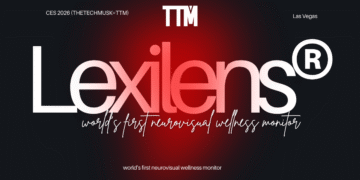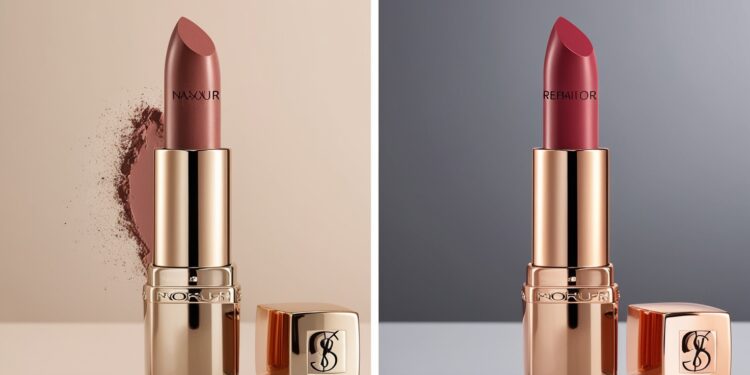What is product photography retouching?
The art of Retouching is crucial for anyone wanting to become a successful product photographer.
Retouching product photography is the process of enhancing images of goods to make them attractive and appealing to the market. This process typically includes adjusting lighting and, removing blemishes/imperfections, enhancing colors and contrast, and ensuring consistency across images.
Retouching of products aims to show the product in the best possible way, highlighting its characteristics quality, texture, and appearance to draw customers in and increase sales. Retouching can also involve the removal of background or replacing it to give a neat and professional appearance, particularly on e-commerce sites where items are displayed on an uncolored background.
In the end, product photography retouching services are a key element in creating a visual presentation of products that attract customers and entice customers to purchase.
Why is photo retouching so important for photos of products?
Retouching photos is crucial for photos of products because it improves the overall appeal of images and makes them more appealing to buyers. Adjusting the lighting effects, colors, or composition, could effectively emphasize the characteristics and the details of the item and make it more attractive and appealing.
Furthermore, retouching can allow to elimination of any imperfections or distracting elements, making sure that the attention is solely on the product. Attention to detail can help to create a positive image of the product, thereby instilling confidence in the purchaser and thereby increasing the chances of purchasing. Retouching photos play an important role in showing products in the most attractive possible light, which in turn increases their potential for marketing and boosting sales.
What do the basics of product photography retouching comprise?
Retouching basic photos of products typically involves essential adjustments to enhance the overall look and appearance of the photographs. It could involve jobs like:
Color correction Adjust the color balance along with the contrast, saturation, and balance to ensure that you get accurate and vivid colours that accurately reflect the product.
Adjusting the exposure: Balancing the brightness to guarantee that the image is evenly illuminated and well-lit and that there are no areas that appear too bright or dark.
Background cleaning: Get rid of any imperfections or distractions from the background. This will create an attractive and professional backdrop that accentuates the work.
Straightening and Cropping Adjusting minor details in the design, cropping, and straightening so that the subject is the primary focus and is correctly framed in the image.
Sharpening: Increasing the sharpness and clarity, ensuring that details are sharp and clear, particularly when it comes to close-ups or images that have intricate elements.
In general, basic editing of product photos aims to enhance the aesthetic appeal of images while keeping a natural and real appearance, making sure your product will be portrayed in the best light possible.
What amount of retouching do I require?
Retouching levels required for your product images are largely dependent on the specific particulars of every product. Since each product is distinctive, they might have different retouching levels to effectively showcase their characteristics and features.
The dimensions, shape, materials, and surface texture may influence the process of retouching. For instance, items with reflective surfaces might require more care to avoid glare those with fine details might require more clarity and focus. So, it’s important to determine the specific requirements and then tailor the process of retouching to make sure your final photos emphasize the unique features of the product while maintaining a natural, authentic appearance.
How can you tell the differences between editing and retouching?
The words “retouching” and “editing” are commonly used interchangeably within the photographic context, however, they are different elements of post-processing.
Retouching is typically an approach of selectively altering or enhancing certain parts of an image to enhance the overall appearance.
This could include tasks like removing acne or imperfections, altering skin tone, smoothing out wrinkles, or improving the specifics. Retouching is commonly employed for portrait photography to create flawless skin, or for the photography of products to make sure that the products appear as they should.
Editing is, however, a broad term that covers a variety of post-processing tasks that are aimed at improving and improving the overall look and feel of a photograph. It could include things that include adjusting the intensity, contrast, color balance, or cropping to enhance composition.
Editing may also require more imaginative adjustments, such as using overlays, filters, or other special effects to create a desired look.
In essence, retouching is a particular part of editing that focuses on improving and refining specific aspects of an image while editing covers a greater variety of adjustments that aim at improving the overall look and visual effect of an image.
How much will retouching of products cost?
Retouching of products is subject to many factors, including the level of complexity required, the amount of images required, the expertise and experience of the retoucher as well as the time to turnaround.
For basic retouching of your product including adjustments to the exposure, color adjustment and background cleaning Expect to pay anything from 5 to 20 dollars for each image.
For more sophisticated retouching techniques like removing complicated backgrounds, adding details, or even creating composite images, prices can range between $20 and $50 per image, or more.
Certain retouchers might offer discounts or packages for bulk orders, whereas other retouchers may charge additional charges for rush orders or other specialized services.
It is essential to discuss your specific requirements for retouching with the retoucher and ask for an exact quote based on your requirements before starting the project. This will allow for that there is no confusion about the final price.
Pricing for product photography is more complicated at times. Therefore, make sure you talk about the costs of retouching in conjunction with the photographer.
What are the primary tools used for retouching?
The most popular retouching tools within photo editing programs are:
A Healing Brush/Clone Tool These tools can be used to take out imperfections, flaws, or other undesirable elements from an image. This is done by creating clones or healing pixels for filling in a region.
Dodge and Burn Tools: These tools let you selectively lighten (dodge) or darken (burn) certain parts of your image to increase the contrast, depth, and clarity.
Adjustment Layers: Adjustment layers permit users to make non-destructive changes to different aspects of an image, including contrast, brightness color balance, and saturation without altering the original information.
Tool for Selection: Tools to select such as the Marquee Tool, Lasso Tool, and the Magic Wand Tool can be utilized to make precise selections of particular elements or areas within an image to be targeted for alteration or editing.
Brush Tool The Brush Tool lets users draw directly on an image, using various brushes, sizes, opacities, and blending modes. This makes it useful for retouching jobs like smoothing skin, adding detail, or applying individual adjustments.
The Blur and Sharpen filters can be employed to blur or sharpen certain areas of an image, enhance overall sharpness, or create depth of field effects.
Content-Aware Fill: Content-Aware Fill automatically fills certain areas of the image with information from the surrounding areas. This makes it ideal for taking out objects or filling in gaps without difficulty.
Liquify Tool Liquify Tool Liquify Tool lets you modify or distort certain areas of an image. This makes it useful for small changes to facial features, body shape, or other components.
These are only a handful of the primary tools for retouching that are available in photo editing software. their application will depend on the specific tasks needed for each photo.
Frequently Asked Questions
What is the process of retouching photos?
Photo retouching is the act of improving or altering photos to enhance their appearance clarity, clarity, and appeal. It involves a variety of techniques, including adjusting brightness contrast, and color balance getting rid of imperfections or flaws, and smoothing skin tones.
Why is photo retouching so important?
Retouching photos is essential as it improves the overall visual quality and aesthetic appeal of photographs which makes them more attractive to the eye. It helps photographers fix imperfections, improve details, and produce the desired visual effect and efficiency of the images.
What exactly is retouching of product photos?
Retouching product photography involves improving and refining photos of items to enhance their visual appeal and more marketable. This involves tasks like adjusting lighting as well as colors and composition removing any imperfections or blemishes as well and ensuring consistency across all images.
How many retouchings do I require?
How much retouching is required will depend on several factors, including the image quality of the original photos your personal preferences for aesthetics, and the purpose for which you intend to use the images. It’s crucial to strike an equilibrium between improving images so that they look appealing, and also ensuring they accurately reflect the product or topic.
Also read this: Sunday Blessings Images | Free Sunday Morning Blessings

























